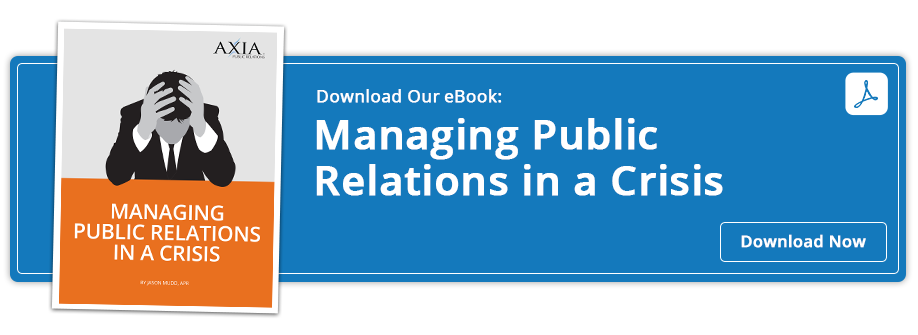 Why it's important to communicate bad medical news about a CEO
Why it's important to communicate bad medical news about a CEO
Nothing is more troubling to a public relations spokesperson than having to communicate the poor health or advancing illness of the CEO of a major corporation. Simply put, there is no good way for a PR person to make the news story appealing to the investing public, and no matter how he or she positions the news, the public will usually decry the spokesperson for one of two things: being less than forthcoming on the details or being downright duplicitous.
The Issue
Apple's Steve Jobs, who was only 56 when he passed away, chose to conceal his debilitating and eventually fatal illness from his stockholders. The news of his impending departure would ultimately lower the corporation's share price by almost 8 percent. How does a PR person deal with such a situation?
The Reaction
The best policy – and the most ethical – is to deal with the matter head on. It is imperative to divulge any issues as soon as you recognize them. Yes, health issues are personal, but often they have an overarching effect on other company matters. It is simply the right thing to do to disclose significant health concerns as soon as they are discovered.
Create news releases that protect the privacy of the individual, but also let the share-holding public know that there is a problem. In this way, you protect both sides. It never benefits the company to allow confidential information to become public through unauthorized sources, so be prepared to release the information as soon as possible. Sometimes, it's a no-win situation. It's best to recognize that fact and deal with the circumstances as effectively as possible.
For further information on the crisis communications involving a CEO or other highly placed executive, consult the experienced PR professionals at Axia Public Relations. For more detailed information on crisis preparation, download Axia's e-book Managing Public Relations in a Crisis today.
Featured image credit: 123rf.com
Topics: public relations, crisis communications



Comment on This Article